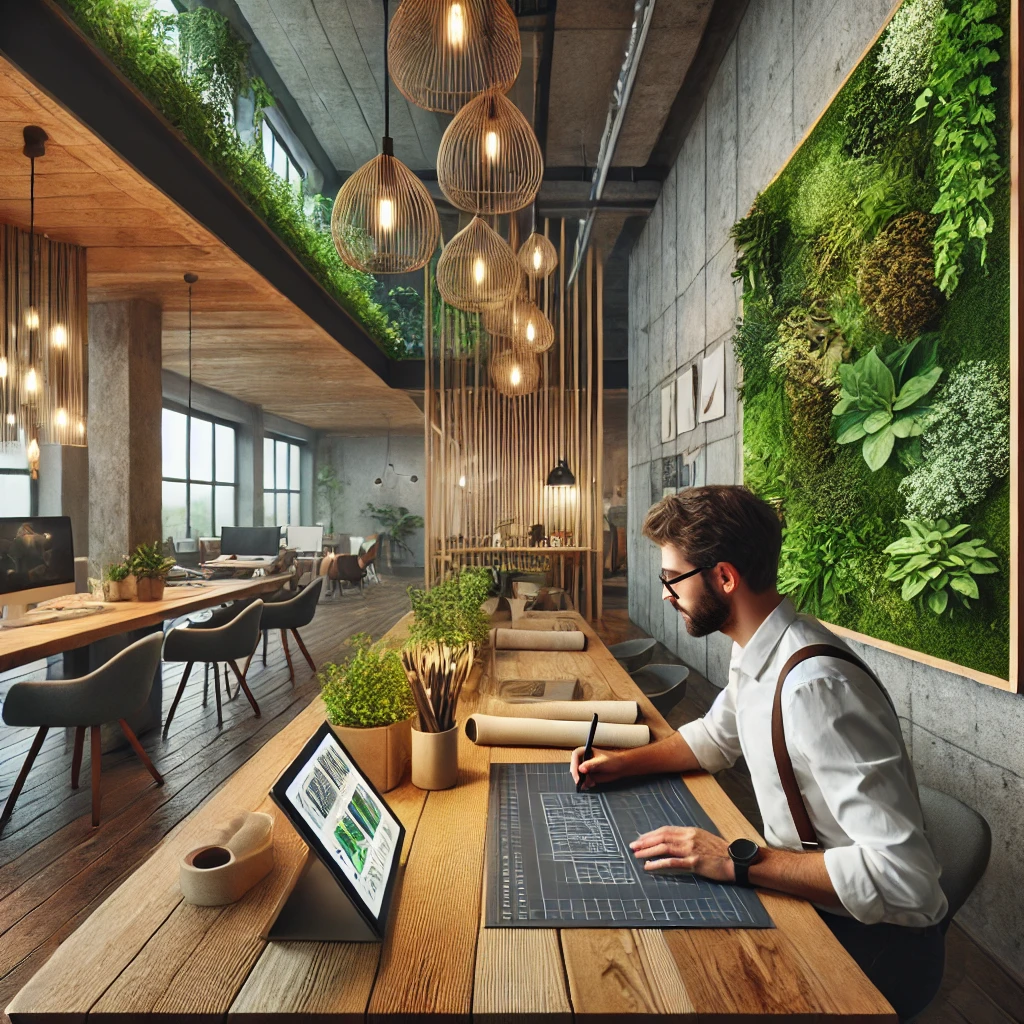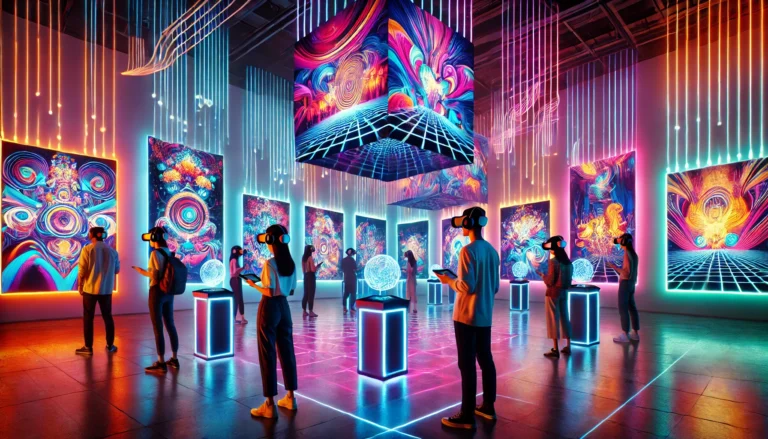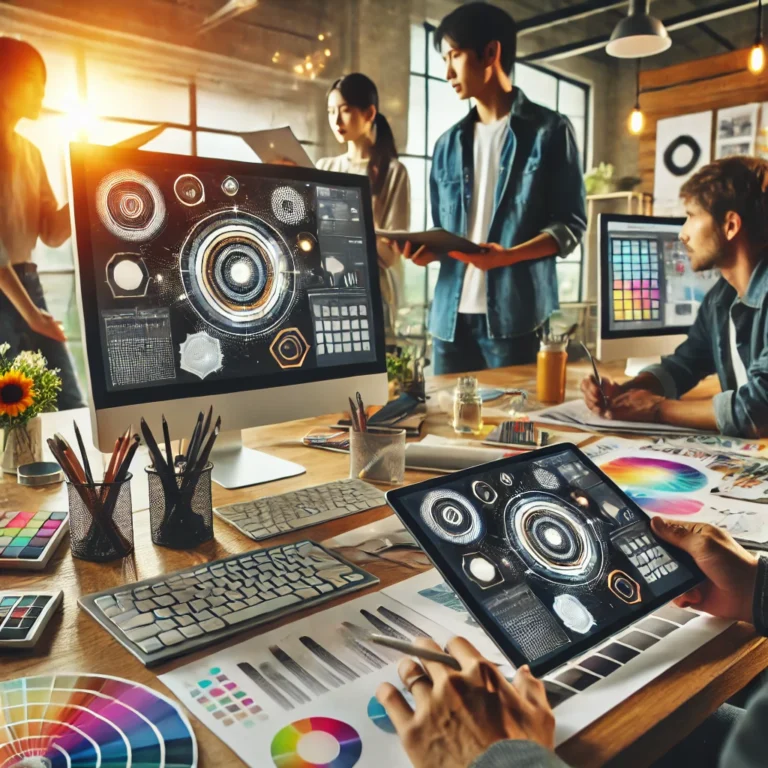Have you ever paused to consider how creativity can paint a greener future? I still remember the first studio I visited that embraced sustainable design. It felt like entering a vibrant garden where every element honored both aesthetics and nature. As a creative director with years of experience, I have seen eco-conscious choices transform spaces and nurture our planet. In today’s fast-paced world, every decision echoes far beyond the canvas. Thus, sustainable design is not just an art form—it is a movement that fuses innovation with responsibility.
In this article, we will explore the transformative power of sustainable design. Whether you are a budding designer, a seasoned professional, or simply passionate about creativity, get ready to reimagine how art can drive environmental change.
Key Point 1: Definition and Evolution of Sustainable Design
Sustainable design is much more than a trend. It is a philosophy that blends creativity with the mindful use of resources. In the past, design often focused on opulence and excess. Today, the narrative has changed. It is like a gardener who learns that every seed counts. Now, quality matters more than quantity.

At its core, sustainable design uses eco-friendly materials, reduces waste, and creates spaces that respect the Earth. It is like designing with nature’s blueprint, where every element has a clear purpose. I vividly recall a project in an old warehouse. We used reclaimed wood and repurposed industrial materials. Moreover, we integrated digital design tools to boost energy efficiency. This project taught me that sustainable design is an evolving narrative. It challenges us to innovate while caring for our environment.
For more insights on sustainable design principles, visit the EPA’s Green Building page.”
https://www.epa.gov/greenbuilding
For young professionals, sustainable design offers a fresh perspective. It invites us to explore eco-friendly materials and ethical production methods. Consequently, we pave the way for a greener, more inspiring future.
Key Point 2: Innovative Materials and Techniques
Imagine a world where discarded objects become the building blocks of art. In sustainable design, innovation turns everyday waste into stunning visual statements. Today, eco-friendly design urges us to view materials with fresh eyes. Reclaimed wood, recycled metals, biodegradable paints, and upcycled textiles serve as raw ingredients for a new aesthetic. For example, I recall rescuing an old barn. We used weathered wood and rusted metal to celebrate its storied past. In doing so, we embraced a greener future.
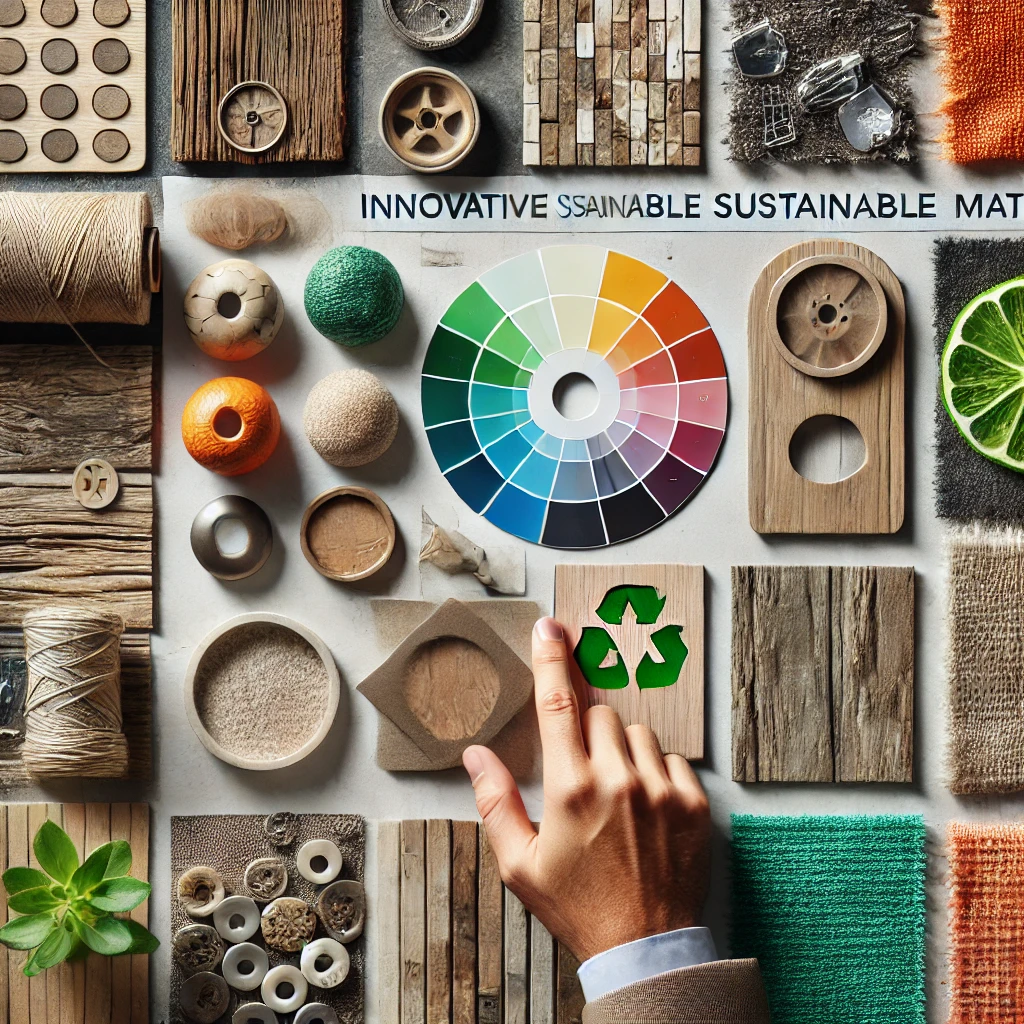
For further exploration of cutting-edge sustainable materials, visit Material ConneXion.
Furthermore, advanced methods such as digital fabrication and 3D printing are changing the game. Imagine a sculptor who uses digital tools to design a delicate lattice. Each layer is crafted from recycled plastics. Consequently, innovative techniques and sustainable materials break conventional boundaries. They invite us to reimagine what is possible in art and design.
Key Point 3: Technology’s Role in Sustainable Design
Step into a realm where technology is not a cold tool but a vibrant brush that paints nature’s blueprint on a digital canvas. In sustainable design, technology is a dynamic partner. For instance, I recall a project where our team had to design an eco-friendly public installation. Instead of relying solely on traditional methods, we used 3D modeling software and virtual reality simulations. This approach let us experiment with eco-friendly structures and materials. It was like a chef perfecting a recipe in a digital kitchen before cooking. As a result, we minimized waste and unlocked creative solutions.
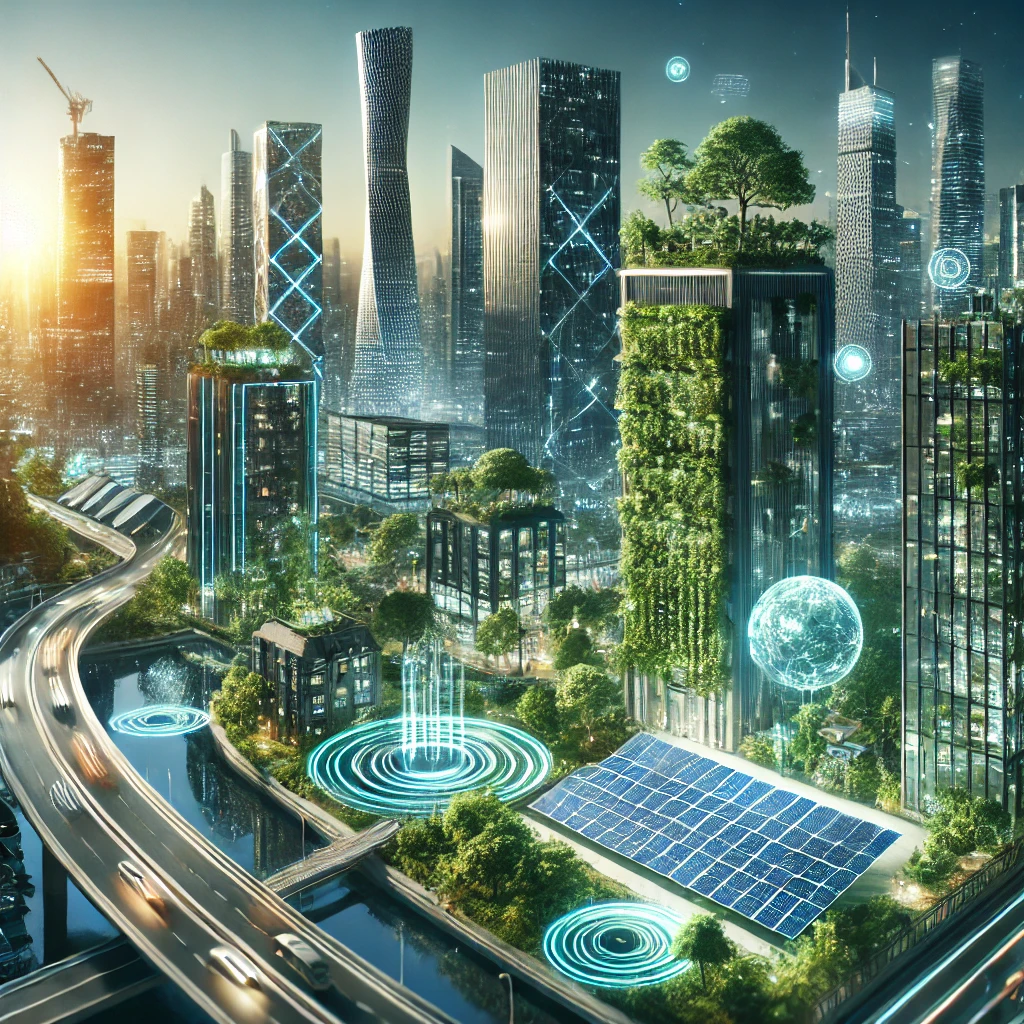
To discover how technology drives sustainable design, explore Autodesk’s Sustainability Solutions.
Digital tools now revolutionize how we work with sustainable materials. Picture a sculptor who uses digital fabrication to mold recycled plastics into intricate forms. Each detail is optimized for minimal waste. For today’s young professionals, this blend of technology and sustainability opens a world of possibilities. Thus, you are invited to visualize, experiment, and co-create the future of design.
Key Point 4: Trends in Eco-Friendly Aesthetics
We now live in an era where nature’s beauty meets modern design. Eco-friendly aesthetics transform our surroundings by merging minimalist design with nature-inspired elements. Imagine a room where natural light softens the textures of reclaimed wood. Such a space feels contemporary and connected to the earth.
Eco-friendly aesthetics celebrate the art of “less is more.” They highlight natural imperfections and organic textures. It is like a canvas where every brushstroke echoes the gentle light of a forest. Moreover, designers reinterpret classical elements with modern twists. They draw on global influences—from the elegance of Scandinavian design to vibrant indigenous patterns.
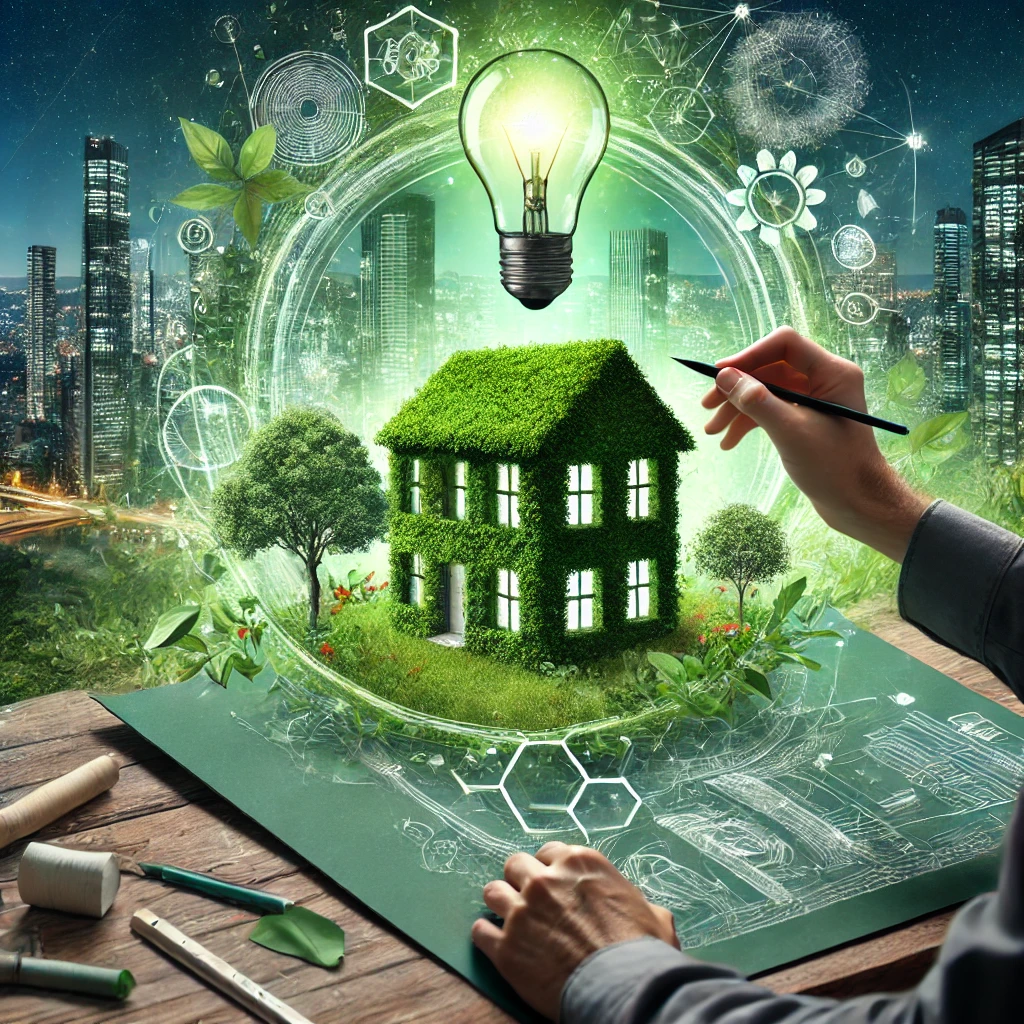
Around the world, diverse cultures contribute sustainable practices. In many regions, age-old techniques using natural materials are revived for modern settings. For example, imagine a boutique hotel that uses locally sourced bamboo and hand-woven textiles. These choices reduce environmental impact and preserve cultural heritage. As a result, every space tells a unique story.
Additionally, eco-friendly aesthetics engage all the senses. Picture running your fingers along reclaimed wood and feeling its history. Or imagine standing before a living wall that brings the freshness of a garden indoors. These sensory experiences create environments that are both calming and inspiring.
For more insights into contemporary eco-friendly aesthetics and design trends, visit ArchDaily Sustainability
Key Point 5: Challenges and Future Directions
The journey toward sustainable design is inspiring yet challenging. It faces obstacles that test creativity and determination. One major hurdle is the cost and accessibility of sustainable materials. Often, eco-friendly resources are more expensive or harder to find. Furthermore, changing long-standing practices and habits takes time and persistence.
Nonetheless, every obstacle is an opportunity. Designers are finding creative solutions every day. When traditional materials fall short, upcycling and community initiatives fill the gap. I once saw a local collective transform discarded materials into a vibrant public art installation. This example shows how waste can become a celebration of sustainability.
Looking ahead, the future of sustainable design is bright. Technological advances like AI-driven research, improved digital fabrication, and virtual reality tools are transforming the field. Imagine a future where each design decision is guided by real-time environmental data. In that world, every creative choice contributes directly to a healthier planet. Therefore, we are on the brink of a major shift in design.
o further explore the challenges and promising future of sustainable design, check out the insights available at the U.S. Green Building Council.
Visuals and Media
Visual storytelling transforms these ideas into immersive experiences. First, include high-quality images. Capture before-and-after shots of eco-friendly transformations. Next, feature close-ups of innovative materials like reclaimed wood and upcycled textiles.
Additionally, use infographics to compare traditional materials with sustainable alternatives. Create flowcharts that show the lifecycle of sustainable resources from sourcing to recycling.
Furthermore, produce videos such as short documentaries or time-lapse sequences. These can showcase the transformation of spaces through sustainable design. Also, include interviews with eco-conscious designers who share their journeys.
Lastly, embed interactive media. Virtual tours of sustainable projects invite readers to explore design elements. Polls and quizzes also engage your audience. They can vote on their favorite eco-friendly trends or share their creative experiences.
Conclusion
In conclusion, every creative decision holds the power to shape a greener future. From reclaimed materials to advanced digital tools, sustainable design transforms the way we create and inspire. Reflect on these insights. How will you integrate eco-friendly practices into your next project? What sustainable innovations excite you the most?
Remember, sustainable design is an ongoing journey. It challenges us to innovate, collaborate, and leave a positive impact on the world. Embrace the challenges and celebrate every breakthrough. Become a pioneer in crafting a future where creativity and responsibility go hand in hand. Your work can spark change and inspire communities.
Audience Engagement
To keep the conversation alive, share your sustainable design projects and experiences in the comments below. Join our community by using the hashtag #EcoChicDesign on social media. Share your work, exchange ideas, and connect with fellow eco-conscious creatives. We also invite you to participate in interactive polls and live Q&A sessions in the coming weeks.
Additionally, download our eco-friendly design checklist and infographic, which summarize the trends and techniques discussed here. Together, we can push the boundaries of creativity while caring for our planet.
Final Thoughts
In a world where every design choice matters, sustainable design offers a path to both beautify our surroundings and protect our planet. By embracing innovative materials, leveraging modern technology, and overcoming challenges with creativity, we can create a future that is vibrant and sustainable.
Thank you for joining me on this journey. Let us continue to innovate, create, and design a sustainable future—one masterpiece at a time.

